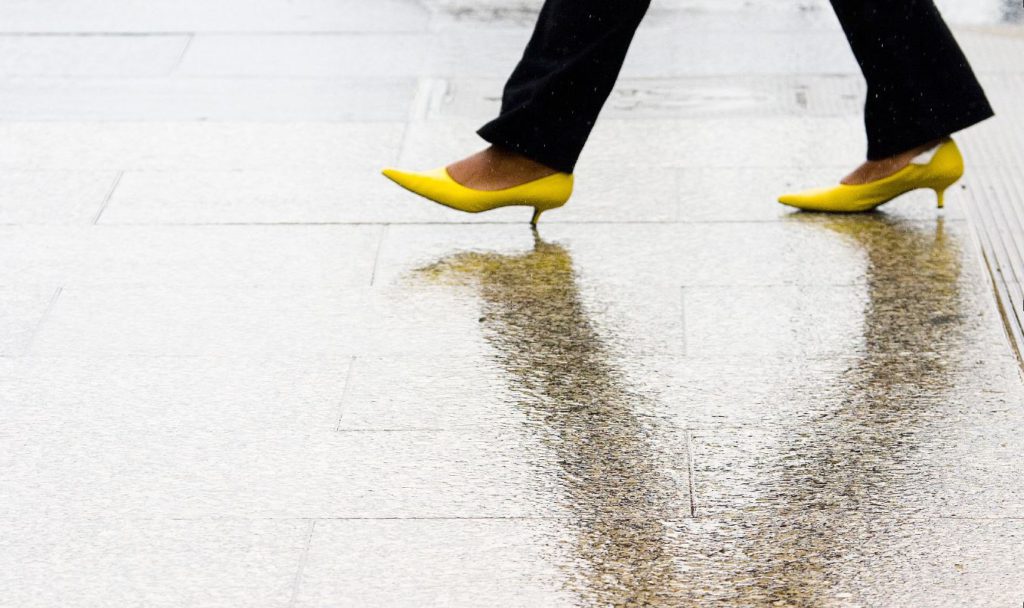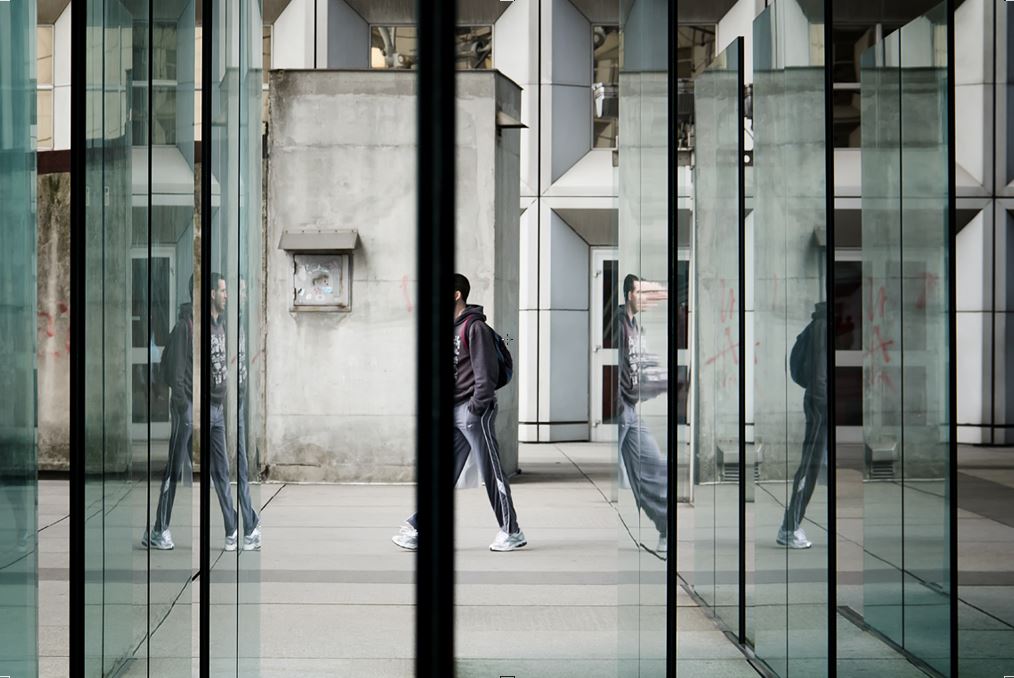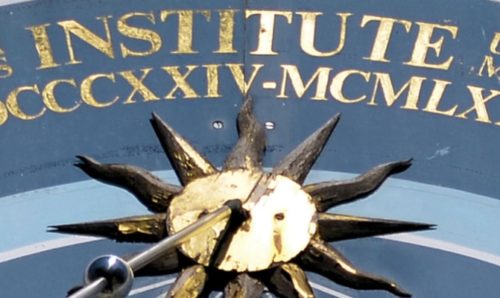Walk this way… through the security scanners
Departments Research impact and institutes 30th May 2018
Ever felt like you need a new walk? One that makes you look more confident, successful or just plain cool?
Well you don’t have to be a member of Monty Python’s Ministry of Silly Walks to move with a gait that’s completely unique to you. No matter how subtle, there is a clear difference between the way you walk and the way your friends, siblings, parents, Mick Jagger and everyone else walks. In fact, your walk is as unique a characteristic as your fingerprints and your eyes.
Now researchers from The University of Manchester have developed a way to use people’s unique gaits to identify them at airport security. If successful, the footstep recognition system has the potential to replace physical biometrics.
Walk the line

Footstep recognition is a type of behavioural biometric. This is different to iris and retinal scanners, fingerprinting and facial scanners, which are all physical biometrics based on a unique and unchanging physical characteristic. Behavioural biometrics, on the other hand, are based on how you do something.
While physical biometrics are an effective and simple way of identifying individuals, there are a couple of difficulties. One is that having to stop and be scanned takes time – all be it only a very short amount of time – and this can slow the flow of people traffic in busy locations, such as airports.
Then there’re the security concerns, such as what happens if your physical biometric data is stolen. And no, we don’t mean someone amputating and stealing your finger or your eye and running around breaking into all the top secret locations you have access to, like a scene from some particularly awful – and harrowing – sci-fi movie.
When your biometric data is scanned, it is turned into a data file. For example, when you set up the fingerprint recognition on your iPhone, a record is made of that fingerprint, which the phone then uses to let you unlock your handset, authenticate apps and pay for purchases quickly – literally at the touch of a button.
That information is stored securely, but what happens if someone is able to steal it – or any physical biometric data – and use it to commit identity fraud? It may be irritating changing your PIN number, ordering a new card or updating all your passwords – but how do you update your fingerprint or order new retinas?
Walk on by

You may rarely notice the way a person walks, or ponder what makes your own walk unique (unless you’ve been actively working on a ‘special walk’ that is). In fact, there are two dozen different factors that go into your own walk that make your strolling style one of a kind.
Having said that, it’s almost impossible for a human to pick up on all of these signals just by watching another person walk – so how can it be used as a biometric identifier? It’s time for the artificial intelligence to step in.
Omar Costilla Reyes, from Manchester’s School of School of Electrical and Electronic Engineering, reveals: “Each human has approximately 24 different factors and movements when walking, resulting in every individual person having a unique, singular walking pattern. Therefore monitoring these movements can be used, like a fingerprint or retinal scan, to recognise and clearly identify or verify an individual.”
Working with a team of researchers from The University of Manchester in collaboration with the Universidad Autónoma de Madrid, Reyes helped develop an artificial intelligence (AI) biometric verification system capable of measuring the gait or walking pattern of someone stepping on a pressure pad. This information is then used by the AI to verify the identity of the individual using 3D footstep and time-based data.
The AI is incredibly accurate when it comes to reading gaits. In fact, the results, published in the IEEE Transactions on Pattern Analysis and Machine Intelligence (TPAMI) journals, revealed that the system has close to a 100% success rate in recognising individuals, with an error rate of just 0.7.
To create the AI system that computers need to learn all the walking movement patterns, the team used SfootBD – the largest footstep database in history (to date), containing nearly 20,000 footstep signals from 127 different individuals.
These boots were made for walking

Further developed and rolled out in airports, this behavioural biometrics AI system could provide a non-invasive way of verifying a person’s identity. A traveller could simply walk across the sensor pad and the system would have all the information it needed to recognise them. And as the AI is focused on a person’s gait rather than distinguishing marks on their actual foot, they wouldn’t even need to remove their shoes.
The researchers see the new technology as having more uses than just security, too. Reyes reveals that he’s keen to see if the technology can examine a person’s footsteps to look for signs that may point to the onset of mental illness or cognitive decline. This could provide healthcare professionals with the ability to provide a diagnosis far earlier than is currently the case.
So if you have been working on a new walk, stop worrying – your gait is already one of a kind.
Words – Hayley Cox
Images –
AIartificial intelligencebehavioural biometricsbiometricsElectrical and Electronic Engineeringelectronic engineeringsecurity




